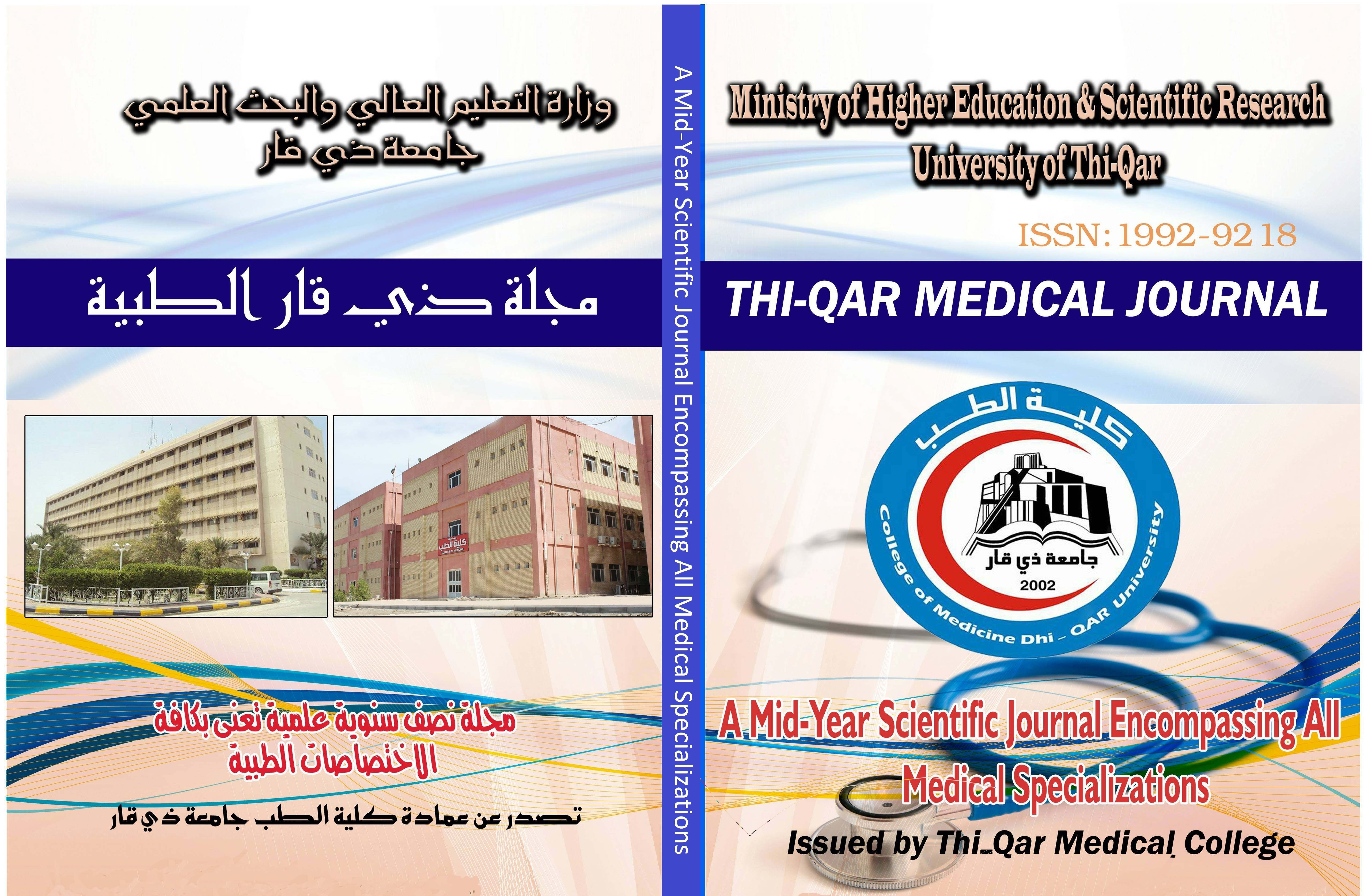Abstract
Background: The study examines the facts and employment of ANC among the
women in the reproductive age group in Al-Nasiriya city, ANC services is particularly
definitive for enhancing the effectiveness of services for childbirth and introduce best
pregnant women’s needs of ANC services.
Objectives: To assess ANC services in pregnant women to identify the level of ANC,
risk factor prevalence according to score among pregnant attend PHCC for ANC to
evaluate the state of each pregnancy, and prevalence, of risk factors.
Subjects and methods: Descriptive cross-sectional study from 15 of January 2018 to
the end of august 2018 complete the study, a total of 586 pregnant attending PHCC
for ANC in Al Nasiriya city, when I took the data from 9 PHCC of two sectors for 3
month and half month complete sample size, a questionnaire was distributed
according to modified Coop land score in addition to sociodemographic status include
educational level, socioeconomic level and occupational status, the data analyzed by
using SPSS version 23.
Result: According to Coop land score was obtaining as the following:
Low risk 355 (60.6%), high risk 121 (20.6%), extremely high 110 (18.8%), and high
risk (include high, extremely high risk) percentage occur more in 2nd trimester, the
UTI represent the highest risk factor 28.9%.
Conclusion: prevalence of low risk factors among pregnancy was more than half that
reported while high risk pregnancy less than a quarter and the extremely high
represent lesser than a quarter, that means need more facilities to improve the state of
ANC services in PHCC to more to encourage for attending PHCC and concentrate on
high, extremely high risk groups by giving specialized care through ANC and put a
plan for them to decrease both complication and death on the fetus and maternal.
Recommendation: study results mandate more facilities to obtain more information
that encourages pregnant to visit PHCC and put a plan for a high risk group for
specialized care.
women in the reproductive age group in Al-Nasiriya city, ANC services is particularly
definitive for enhancing the effectiveness of services for childbirth and introduce best
pregnant women’s needs of ANC services.
Objectives: To assess ANC services in pregnant women to identify the level of ANC,
risk factor prevalence according to score among pregnant attend PHCC for ANC to
evaluate the state of each pregnancy, and prevalence, of risk factors.
Subjects and methods: Descriptive cross-sectional study from 15 of January 2018 to
the end of august 2018 complete the study, a total of 586 pregnant attending PHCC
for ANC in Al Nasiriya city, when I took the data from 9 PHCC of two sectors for 3
month and half month complete sample size, a questionnaire was distributed
according to modified Coop land score in addition to sociodemographic status include
educational level, socioeconomic level and occupational status, the data analyzed by
using SPSS version 23.
Result: According to Coop land score was obtaining as the following:
Low risk 355 (60.6%), high risk 121 (20.6%), extremely high 110 (18.8%), and high
risk (include high, extremely high risk) percentage occur more in 2nd trimester, the
UTI represent the highest risk factor 28.9%.
Conclusion: prevalence of low risk factors among pregnancy was more than half that
reported while high risk pregnancy less than a quarter and the extremely high
represent lesser than a quarter, that means need more facilities to improve the state of
ANC services in PHCC to more to encourage for attending PHCC and concentrate on
high, extremely high risk groups by giving specialized care through ANC and put a
plan for them to decrease both complication and death on the fetus and maternal.
Recommendation: study results mandate more facilities to obtain more information
that encourages pregnant to visit PHCC and put a plan for a high risk group for
specialized care.
Keywords
and laboratory results.
antenatal care
coop land score
Cross-sectional Study
Height
Pregnant women
Prevalence
questionnaire
weight
